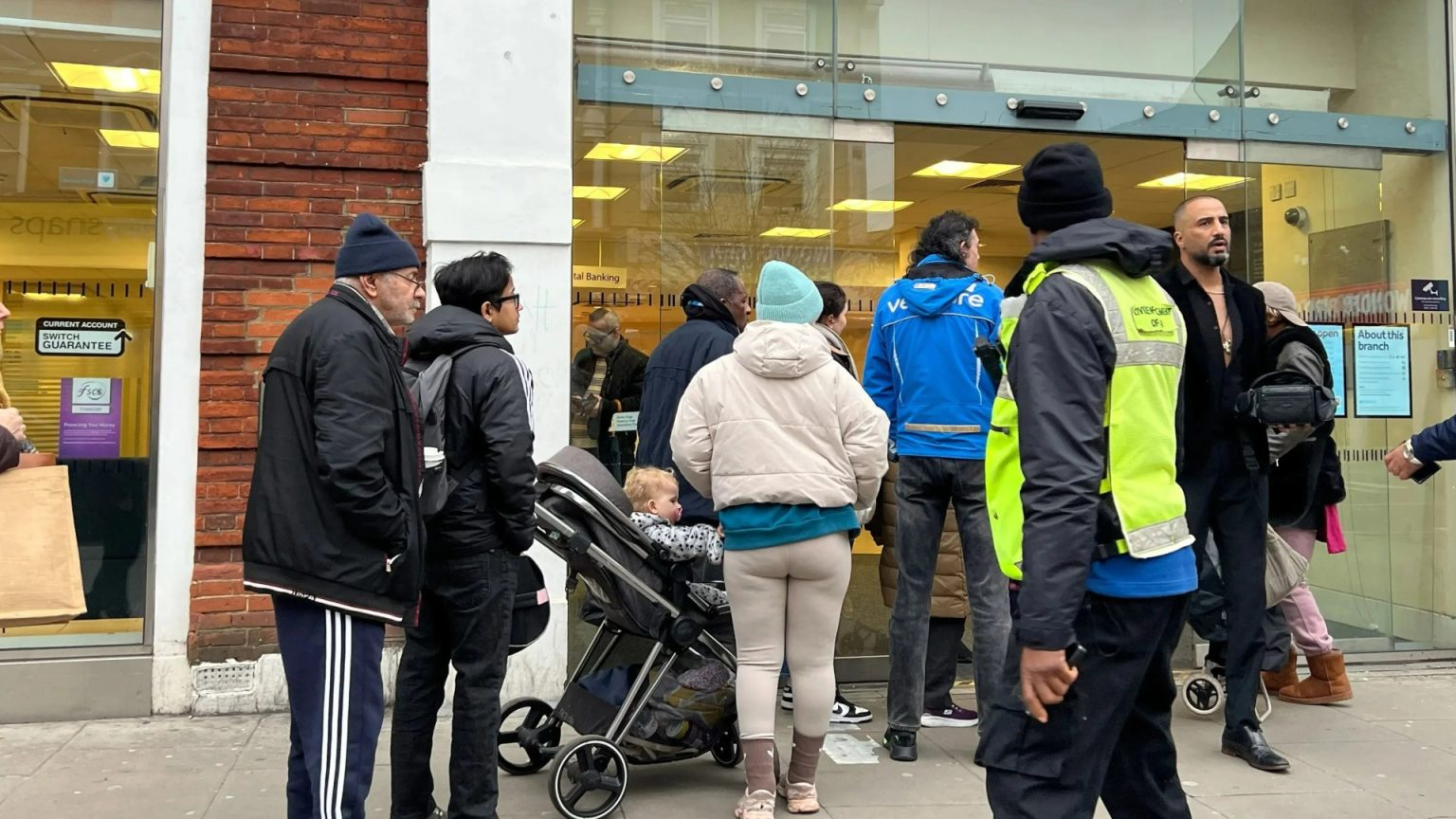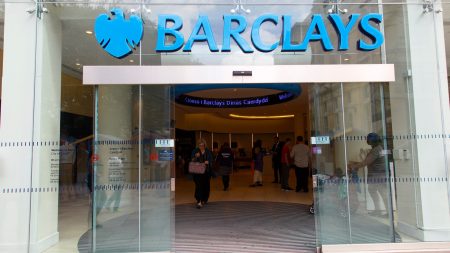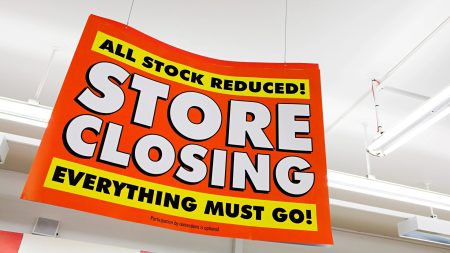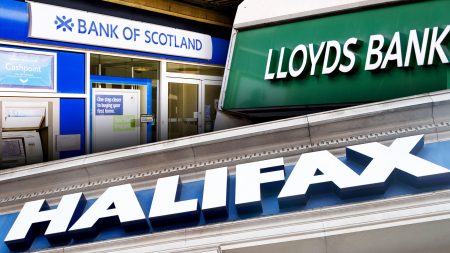The UK experienced a weekend of banking chaos as a technical glitch at Barclays left customers locked out of their accounts and unable to access their funds for over 24 hours. The outage, which began on Friday, coincided with payday for many, creating widespread disruption and anxiety as people were unable to pay bills, confirm salary payments, or meet the deadline for online self-assessment tax returns. Long queues formed outside Barclays branches across the country on Saturday as frustrated customers sought access to their money. The situation was exacerbated by the fact that Friday was also the deadline for submitting self-assessment tax returns and making associated payments, further compounding the stress and inconvenience for those affected.
Ironically, the technical issue also inadvertently created a loophole that allowed some customers to withdraw or spend up to £250 beyond their available balance. News of this quickly spread across social media platforms like TikTok, with videos showing people queuing at ATMs in their pyjamas to take advantage of the apparent “free cash.” While some celebrated this unexpected windfall, others cautioned that the withdrawn funds would ultimately need to be repaid. Law enforcement intervened in some areas, informing people that the money wasn’t actually free and attempting to prevent further withdrawals based on the glitch.
Amidst the chaos, individual stories of hardship emerged, highlighting the very real impact of the outage. One family, who had sold their home and were due to complete the purchase of a new property on Friday, found themselves effectively homeless when the payment failed to go through due to the Barclays glitch. Stranded with their belongings in a moving van, they faced an uncertain future, underscoring the vulnerability of individuals reliant on seamless digital banking transactions. This case exemplifies how technical failures in essential services can have devastating consequences for ordinary people.
Barclays issued a statement on Saturday apologizing for the ongoing technical issues and assuring customers that they were working diligently to resolve the problem. They acknowledged that some customers might see outdated balances and that payments might not be accurately reflected. The bank advised against making duplicate payments and confirmed that customers could still use their cards, withdraw cash, and access online banking services where possible. Barclays pledged that no customer would be left out of pocket due to the outage and committed to extending call center hours and proactively contacting vulnerable customers.
Her Majesty’s Revenue and Customs (HMRC) also responded to the situation, stating that they were working closely with Barclays to minimize the impact on taxpayers submitting their self-assessments. HMRC confirmed that their services were functioning normally and that late payment penalties, which don’t apply until March 1st, would not be imposed due to issues arising from the Barclays outage. This provided some reassurance to those worried about meeting their tax obligations amidst the banking disruption. The incident highlighted the interconnectedness of financial systems and the potential for widespread disruption when a major institution experiences technical difficulties.
In the wake of the incident, advice emerged on how to check for bank outages. Resources like dedicated news pages on bank websites, as well as third-party platforms like Down Detector, can provide real-time information on service disruptions. Checking these resources can help individuals avoid unnecessary frustration and understand the scope of any technical issues affecting their bank. The Barclays incident serves as a reminder of the importance of having contingency plans in place and being aware of alternative ways to access financial services should a similar situation arise in the future.











